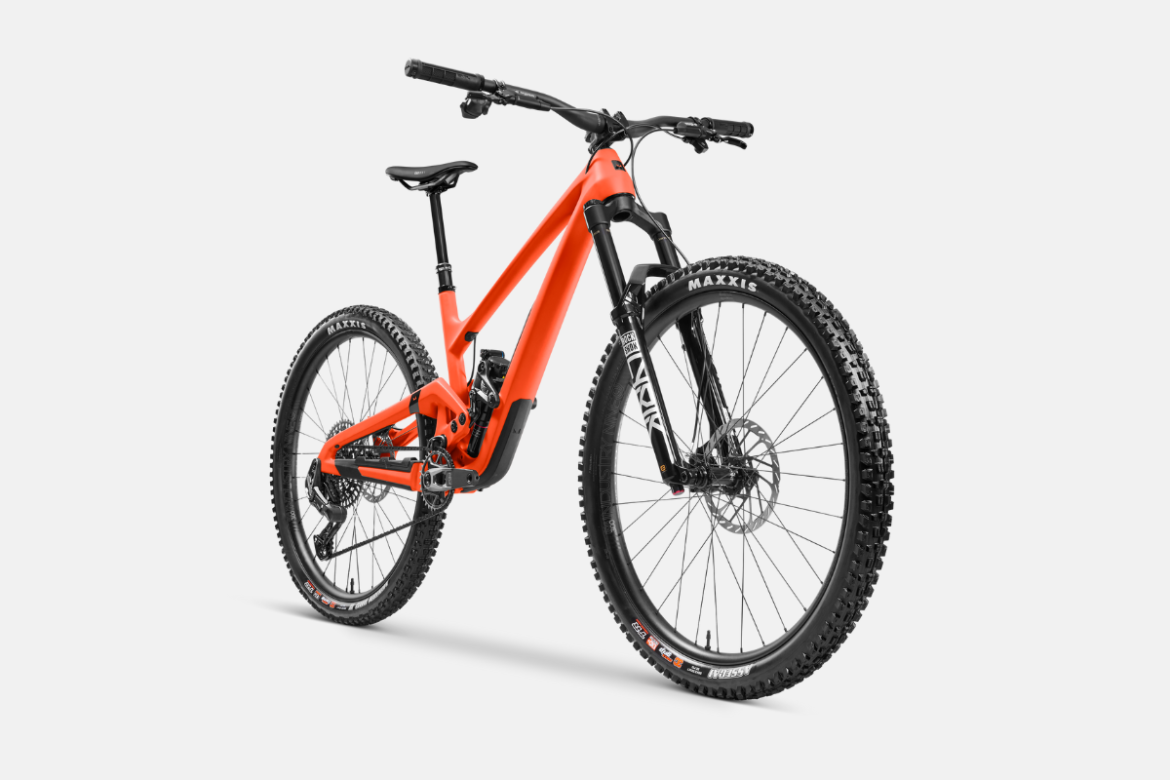
“The dust has settled, and the market has spoken. Evil-0, Industry-1. We’re back to Boost, baby!”
In addition to moving away from Super Boost rear spacing, the new Evil Offering trail bike, now in its fourth revision, sees a number of big changes: increased travel, fresh geo, and in-frame storage. By my reckoning, this is the first big update from Evil in nearly three years, and it’s clear a lot of thought went into the refresh.

More travel and updated suspension kinematics
Looking at the top line, Evil added 10mm of suspension travel to the Offering, giving the bike 160/151mm of squish front/rear. Buyers can choose to order their bike with a longer, 170mm fork, and the brand says a 150mm fork is acceptable too. Technically, with a 150mm fork, the bike would have more rear travel than front travel, though only by 1mm.
In a release for the Offering, Evil says the tweaked DELTA suspension kinematic “improves sensitivity off the top, maintains mid-stroke support, and maximizes bottom out resistance to provide you with the most balanced and capable ride to date. This versatile platform confidently tackles everything from downcountry, to enduro, and more.”

“Geo has gotten too progressive”
At least according to Evil, and though they note in the press release that reaches on the new Offering are nearly identical to the previous version, by my count they’re generally about 10mm shorter across the board. For riders who have been saying that reaches are getting too long, this is certainly good news. A size large frame has a 481mm or 488mm reach, depending on the position of the flip chip.
When riders talk about progressive geometry they’re generally referring to the decade-old concept of bikes becoming longer, lower, and slacker (LLS). Though Evil is going shorter rather than longer with the Offering, they’re still moving slacker with a 64.7° head tube angle that’s about 1.5° lower than before. The seat tube angle compensates by going even steeper in the other direction, by 2°, to a range of 77-79°, depending on the size and the flip chip position.
Speaking of the flip chip, Evil calls theirs a “Rip” chip, and riders have the option of running the bike in the low or high position. With the latest update, flipping the chip is much easier, so easy in fact that they suggest it’s good for on-trail geo adjustment. I’m not sure this is something I would do mid-ride, say before a descent, but it’s good to see that the process has been simplified.
Completing the LLS trifecta, the latest Offering is indeed lower by a few millimeters. Overall, the bike is shorter, longer, and slacker.
Other notable Evil Offering geo changes include longer chainstays (now at 435mm and not size specific) and a longer front center. The geo changes are said to give riders a more forward riding position.
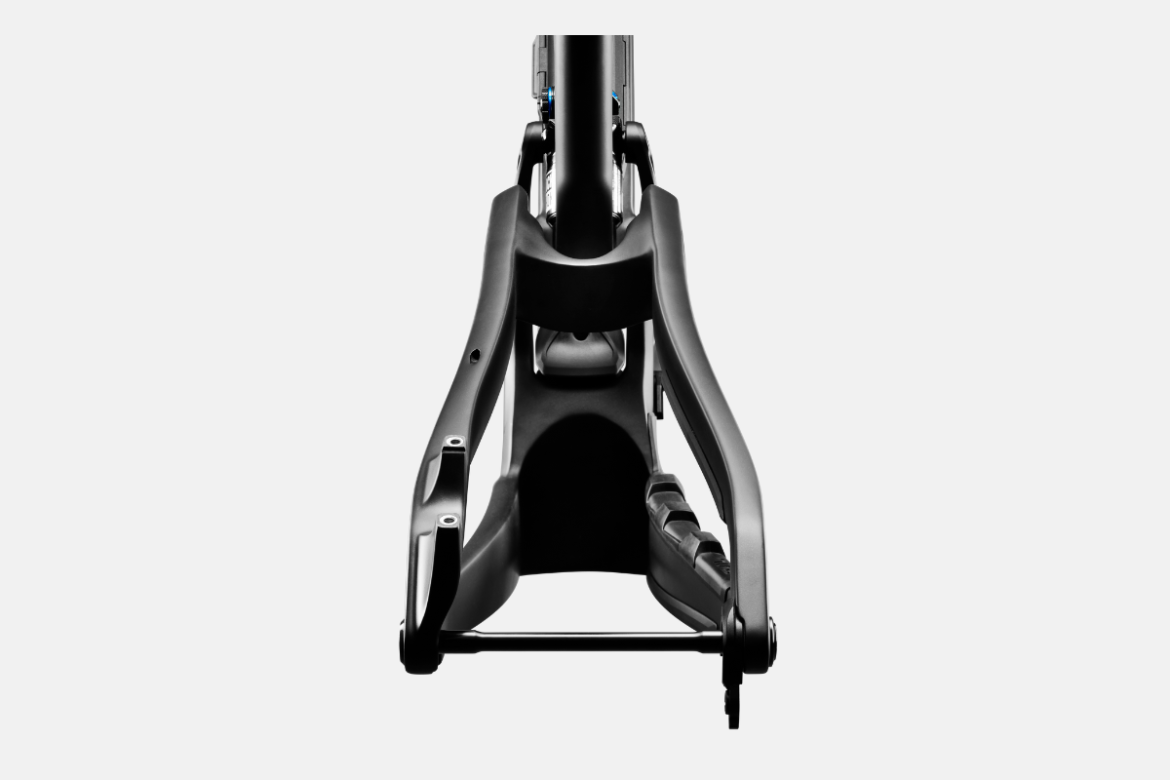
Transmission killed Super Boost
Evil says they were able to eliminate Super Boost spacing on the Offering thanks to modern drivetrain updates, first with SRAM Eagle Transmission and now Shimano’s Di2 offerings. Previously, Evil utilized Super Boost to get a 56.5mm chainline which was necessary given the frame’s design. Prior to Eagle Transmission, Boost 148 offered a 52mm chainline but now it’s been standardized to 55mm, making Super Boost unnecessary.
In general, mountain bike buyers weren’t stoked with Super Boost spacing because it introduced yet another standard. Boost 148mm spacing is far more common, and Super Boost buyers are limited when it comes to wheel choices. We’ve seen a few brands like Devinci moving away from Super Boost over the past year or two. However, there are still a few holdouts, notably Pivot, which uses Super Boost spacing on their newest bike, the Trailcat.
The latest Evil Offering is said to deliver increased tire clearance, though the brand still recommends the same max tire width of 2.6″.
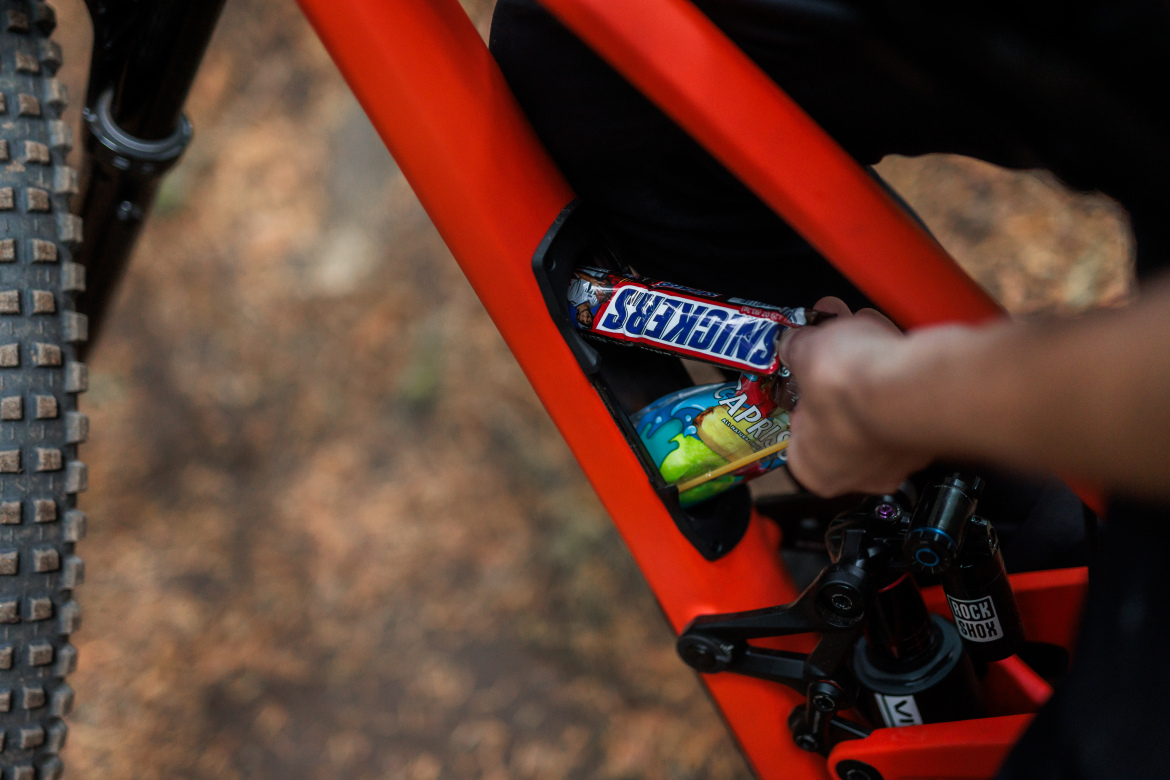
A big hole and little touches
The Offering adds in-frame storage with what Evil calls the Lunch Box Storage system. The big hole in the downtube should fit a tube and small tools.
Looking at the frame, Evil has also added some nice touches that show a real attention to detail and an improvement over the last generation Offering. For example, buyers get housing hole plugs that come in handy if you’re running a wireless drivetrain or dropper post. This might seem like a minor thing, but when I reviewed an Evil Following a few years back, the open housing holes definitely stood out to me, and for subsequent bikes I’ve tested as well.
For those who are still running cables, Evil revised the routing to make it smoother overall. Though they note the front-to-rear triangle routing is improved, it looks a little odd to me, especially now that the seatstay brace is gone, which makes the exposed cable and hose more visible.
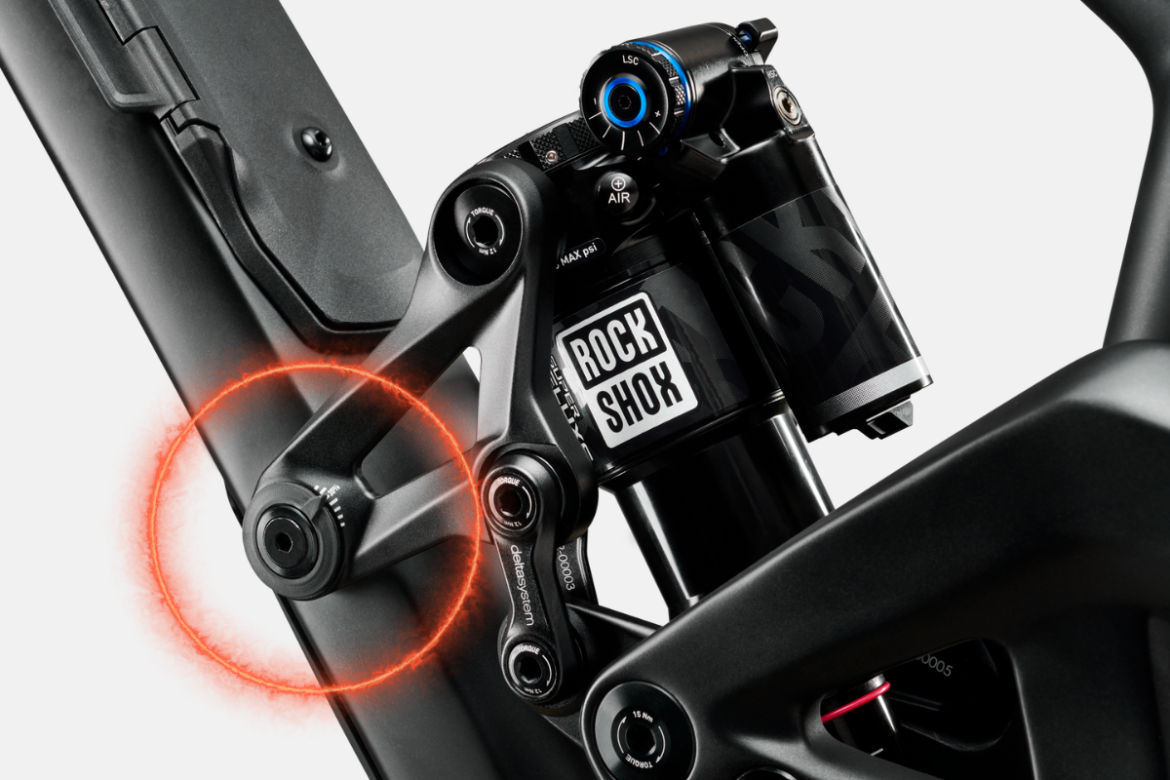
Though the Evil Offering previously offered a unique sag indicator, the design has been improved to make it even better. The indicator goes beyond a simple O-ring and marks the recommended 30% sag level in a way that’s precise and easy to read. However, as Greg pointed out to me, you do have to read it while on the bike, compared to an O-ring that stays in place after you dismount. The upshot is the update promises to make the indicator easier to read.
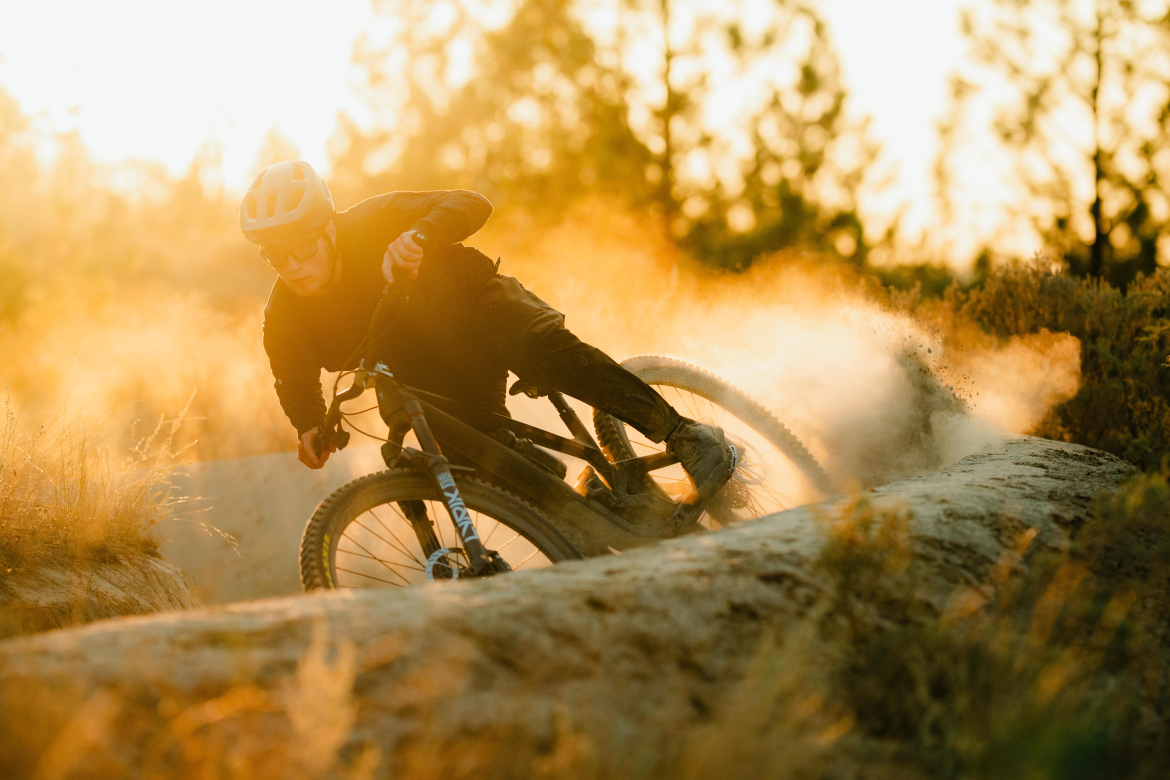
Evil Offering frames are priced at $3,999, and builds are $6,699 to $10,599.



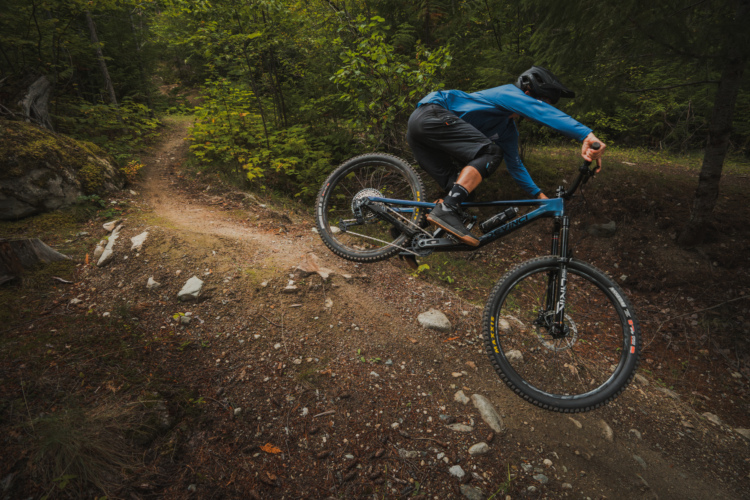
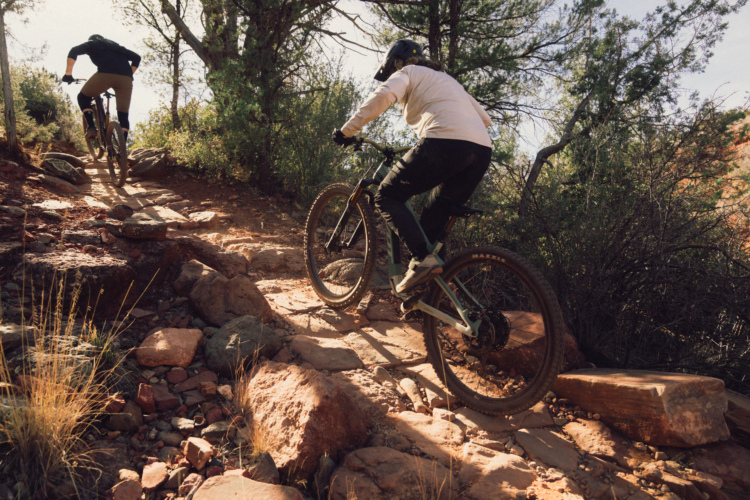



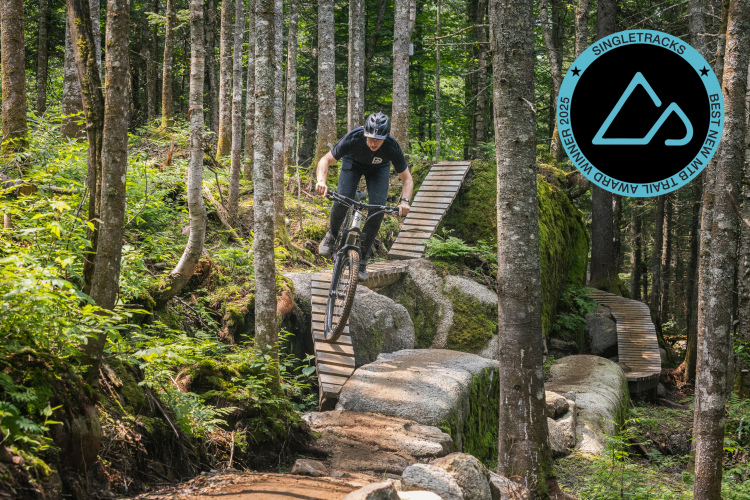

0 Comments